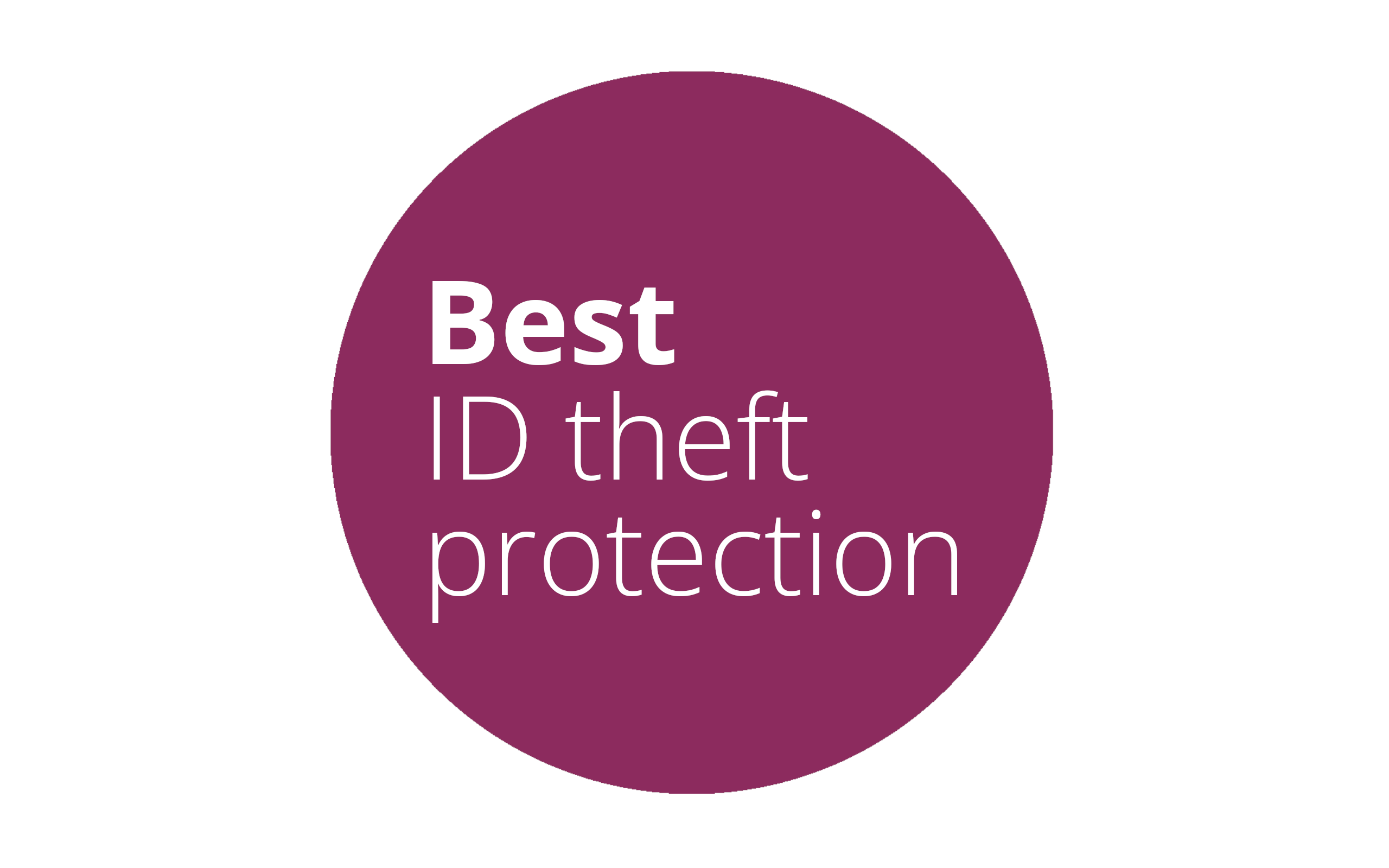Meta reportedly makes 10% of its revenue from fraudulent ads and scams
Does Meta really want to stop scammers?

- Damning Reuters report reveals Meta's unwillingness to tackle scams
- 10% of Meta's revenue apparently comes from fraudulent adverts and illegal content
- Meta considered harm reduction under threat from regulators
The number of scam adverts and less than legitimate product listings on social media platforms certainly seems to have dramatically increased in the last few years, but a new report claims the websites themselves could be partly to blame.
Internal projections seen by Reuters reveal Meta, the company behind Facebook and Instagram, apparently earns a projected 10% of its annual revenue from the advertising of scams and banned goods - amounting to around $16 billion.
Documents also suggest the social media conglomerate ‘failed to identify and stop an avalanche of ads’, leaving billions of Instagram, Facebook, and WhatsApp users at risk from the fraudulent ecosystem.
A so-called crackdown
Over the years, Meta has publicized efforts to undergo ‘major crackdowns’ on organized crime, pig-butchering scams, and social engineering attacks - even going so far as to remove up to 2 million accounts from the Facebook platform.
Meta told TechRadar Pro it is 'aggressively fights fraud ' on its platforms, 'because people on our platforms don’t want this content, legitimate advertisers don’t want it and we don’t want it either'.
"Scammers are persistent criminals whose efforts, often driven by ruthless cross-border criminal networks that operate on a global scale, continue to grow in sophistication and complexity. As scam activity becomes more persistent and sophisticated, so do our efforts. Unfortunately, the leaked documents present a selective view that distorts Meta’s approach to fraud and scams by focusing on our efforts to assess the scale of the challenge, not the full range of actions we have taken to address the problem."
But, these new documents revealed that even marketers that were suspicious enough to be flagged by Meta’s internal warning systems are often allowed to continue, only getting banned once the prediction for fraud reaches 95%.
Sign up to the TechRadar Pro newsletter to get all the top news, opinion, features and guidance your business needs to succeed!
That means, if Meta is 94% sure that an advert is scamming its users - it’s allowed to continue. Shockingly, Meta actually makes more money from adverts it believes to be scams - charging a higher ad rate as a penalty.
So, is there really much of an incentive for Meta to remove fraudsters preying on users? Even Meta doesn’t think so.
In the documents, Meta reportedly weighs up the revenue it earns from scam adverts, and the regulatory fines that it believes are inevitable if these high-risk scam ads are not mitigated. Note here that Meta is not suggesting it would voluntarily do more to vet advertisers in order to protect consumers, but rather that it would act under threat of impending regulatory penalties.
Thousands of scams have been spotted on Meta platforms with varying degrees of success and severity, but criminals are undoubtedly making a lot of money from these tricks (and so is Meta). In the UK, Meta products were involved in as much as 54% of all payment-related scam losses in 2023, the report reveals - outlining just how endemic this problem is, making it all the more abhorrent that Meta chooses to continue profiting from it.

➡️ Read our full guide to the best identity theft protection
1. Best overall:
Aura
2. Best for families:
IdentityForce
3. Best for credit beginners:
Experian IdentityWorks

Ellen has been writing for almost four years, with a focus on post-COVID policy whilst studying for BA Politics and International Relations at the University of Cardiff, followed by an MA in Political Communication. Before joining TechRadar Pro as a Junior Writer, she worked for Future Publishing’s MVC content team, working with merchants and retailers to upload content.
You must confirm your public display name before commenting
Please logout and then login again, you will then be prompted to enter your display name.